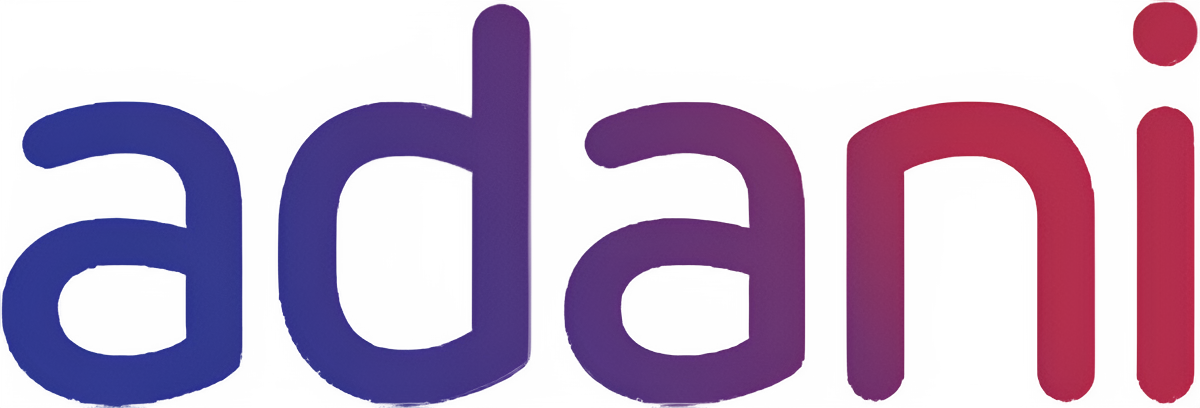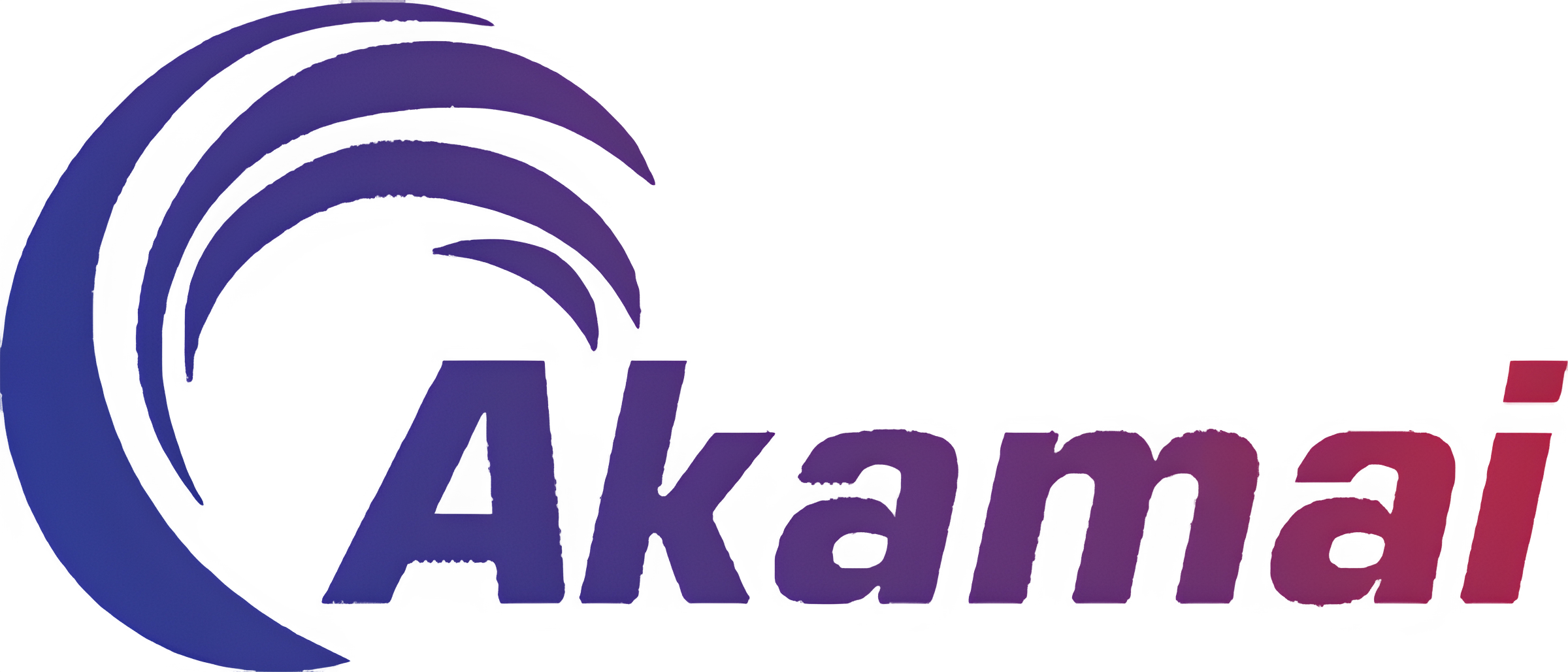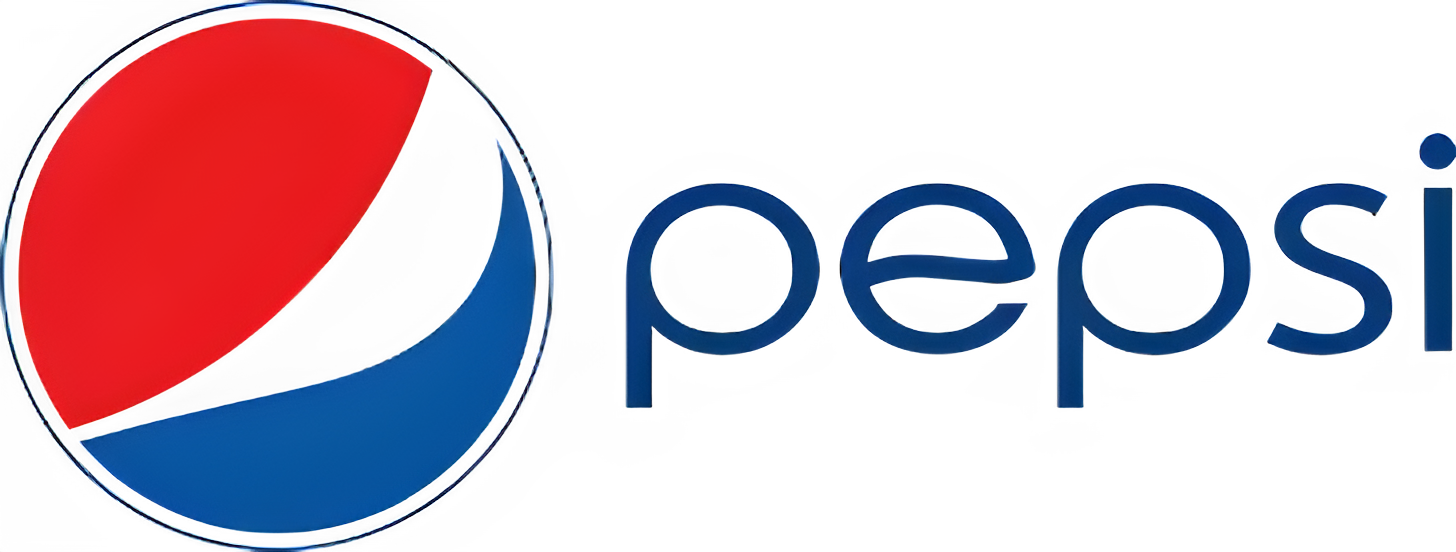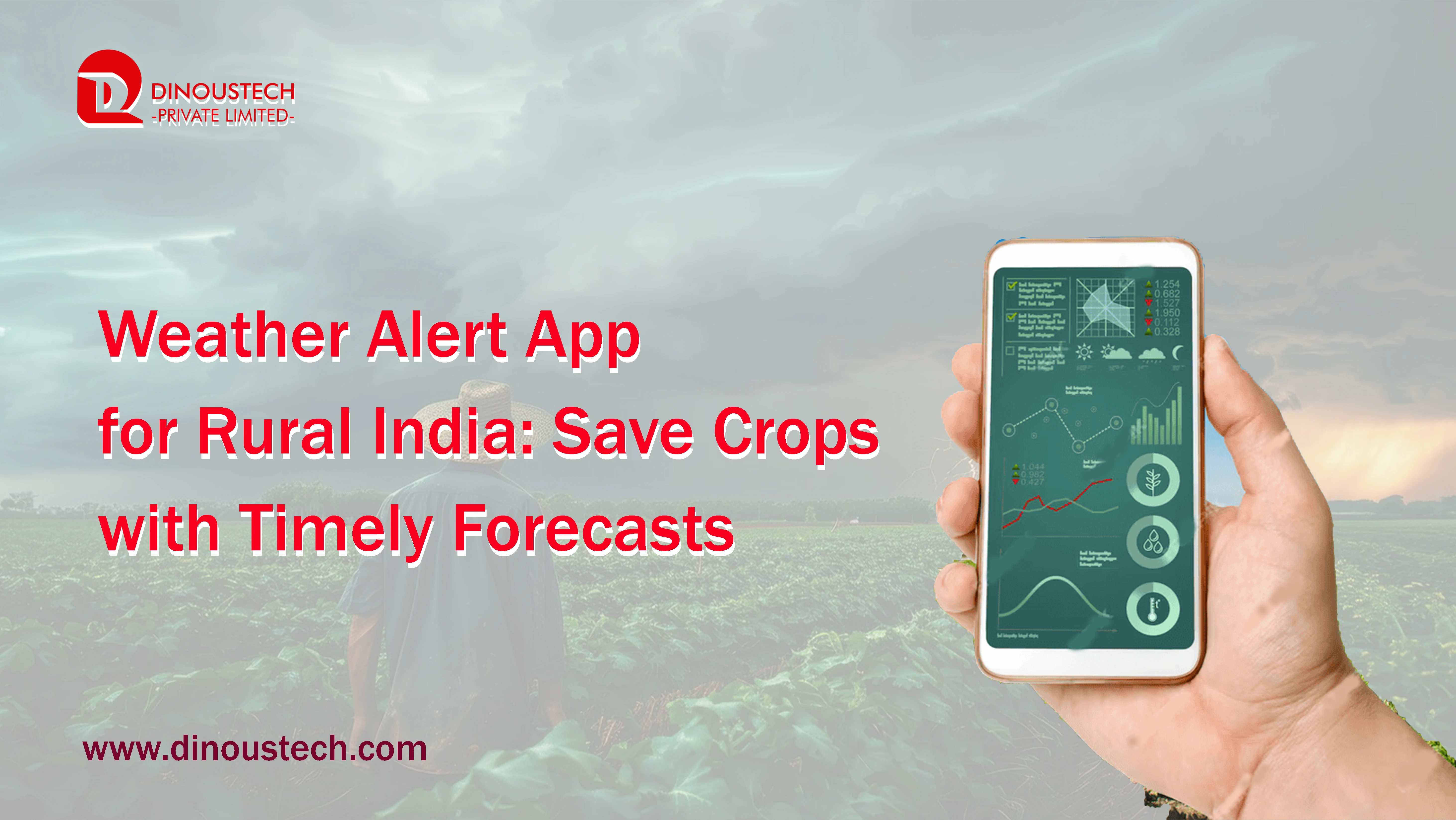Weather Alert App for Rural India: Save Crops with Timely Forecasts
Monsoon rains, unseasonal hail, and extreme heatwaves threaten livelihoods in rural India. Farmers need precise, localized weather alerts to protect their crops and plan field operations. A dedicated weather alert app development for India’s villages delivers hyperlocal forecasts, real-time warnings, and actionable guidance directly to farmers’ phones. At Dinoustech Private Limited, we transform advanced meteorological data into user-friendly tools. By combining our reputation as a best software development company with design expertise from an affordable web designing company, we build solutions that empower rural communities to make informed agricultural decisions.
Challenges in Rural Forecasting
Traditional weather information—televised forecasts or radio bulletins—often broadcasts regional averages that miss microclimates. In regions where rainfall varies block by block, a farmer relying on district-level data may sow seeds too early or irrigate unnecessarily. Network connectivity gaps further limit access to online forecasts. In the absence of precise, timely alerts, crop damage from sudden storms or heat spells drives economic losses and food insecurity. A crop protection app overcomes these barriers by leveraging GPS-enabled forecasting, offline data caching, and multiple notification channels (SMS, voice alerts) to reach users even in low-connectivity zones.
Core Features of a Rural Weather Alert App
A successful rural weather app integrates essential features without overwhelming users:
- GPS-Based Local Forecasts: By pinpointing a farmer’s exact location, the app delivers hourly rain probability, temperature highs and lows, humidity levels, and wind speeds at the field level.
- Severe Weather Warnings: Geofenced alerts notify users of impending storms, hail, or heatwaves at lead times sufficient for protective actions—covering seedlings, reinforcing greenhouse covers, or adjusting irrigation.
- Offline Caching: Recognizing intermittent connectivity, the app caches the last downloaded forecast and alerts. When network returns, updates synchronize automatically.
- Multi-Channel Notifications: Critical alerts are sent via in-app pop-ups, SMS, and prerecorded voice calls in local dialects—ensuring even non-smartphone users receive warnings.
- Planting & Harvest Calendars: Seasonal crop guides integrated with regional climate data recommend optimal sowing and harvesting windows, reducing guesswork.
- Rainfall Analytics: Historical rainfall graphs help farmers understand long-term patterns, complementing government rain gauge data where available.
- Emergency Contacts: A one-tap feature connects farmers to local agricultural extension officers or cooperative helplines for expert advice.
By focusing on these core functions, Dinoustech ensures that the app remains both powerful and accessible.
User-Centric Design for Rural Adoption
Designing for rural audiences demands simplicity and clarity. Working with an affordable web designing company, Dinoustech’s UX/UI team creates a straightforward interface: large icons representing “Rain Alert,” “Forecast,” and “History,” with minimal text. Color-coding (green for safe, orange for watch, red for danger) conveys status at a glance. On first launch, a guided setup in Hindi, Tamil, Bengali, or Marathi requests location permission and preferred notification channels.
A dashboard greets users with today’s weather card, next-day outlook, and the most urgent alert. Voice assistant features read forecasts aloud for farmers with limited literacy. Tooltips explain icons using simple animations rather than text. Interactive maps zoom into the user’s district, highlighting predicted rainfall hotspots. By iteratively testing prototypes in villages, Dinoustech’s team refines layouts to ensure villagers—regardless of smartphone experience—can navigate the app confidently.
Technology Stack & Architecture
Under the hood, a resilient architecture delivers real-time data at scale. The mobile app uses React Native for simultaneous iOS and Android support; this best mobile app development company approach reduces development time while maintaining near-native performance. For the web dashboard—used by extension officers and agri-advisors—Dinoustech employs React.js, ensuring responsive, interactive data visualizations.
The backend comprises microservices built with Node.js (Express) and Python (Django). A best web development company like Dinoustech deploys these on AWS or Google Cloud, leveraging auto‑scaling groups to handle surges in data or user requests. A PostgreSQL database with PostGIS extensions stores geospatial forecast zones and user locations. Redis caching accelerates repeated queries for popular districts. Data pipelines ingest satellite precipitation measurements and ground station readings via APIs from the India Meteorological Department (IMD) and international providers.
Message queues (RabbitMQ) distribute alert workloads, triggering SMS or voice calls through Twilio integrations. Dinoustech’s DevOps engineers configure CI/CD pipelines for automated testing and deployments, ensuring that bug fixes and new features roll out seamlessly—vital for a solution classified as a best software maintenance company in its commitment to reliability.
Integrating Third-Party Data Sources
Accurate microforecasts rely on multiple data streams. Dinoustech integrates:
- IMD APIs for official regional forecasts and rain gauge data
- NASA GPM (Global Precipitation Measurement) for satellite-based precipitation estimates
- OpenWeatherMap or Weatherbit for global backup forecasts
- Local Station Feeds from cooperative societies providing hyperlocal rainfall and temperature logs
Machine learning algorithms blend these inputs, correcting biases and delivering field‑level predictions. A continuous feedback loop compares forecasted versus observed data, refining model parameters and improving forecast skill over time.
Offline Capability & Low-Bandwidth Optimization
In many villages, mobile data is expensive or unreliable. Dinoustech addresses this by prefetching and compressing forecast tiles for offline use. Map layers use vector graphics rather than heavy raster tiles, minimizing download sizes. Critical text and alert payloads are under 50 KB, ensuring SMS-like delivery when cellular data is weak. When connectivity returns, queued messages and user acknowledgments synchronize automatically. This offline‑first design guarantees uninterrupted access to vital weather information.
Security & Privacy Considerations
Handling location and personal data requires robust security. Dinoustech enforces TLS/SSL encryption for all in-transit data and AES-256 for storage. Minimal personal data is collected—typically only phone number, first name, and geolocation—adhering to privacy-by-design principles. Role‑based access controls limit dashboard functions to authorized extension officers, and multi‑factor authentication (MFA) protects administrative portals. Regular security audits and dependency updates ensure the app stays resilient, aligning with our role as a best software development company committed to user trust.
Scalability & Performance Monitoring
During severe weather events, user activity can spike dramatically. Dinoustech’s architecture uses Kubernetes to autoscale microservices, allocating resources dynamically. Performance metrics—API latency, error rates, throughput—are tracked via Prometheus and visualized in Grafana. Alerting rules notify engineers of anomalies before they impact users. A global CDN accelerates static asset delivery—maps and voice clips—ensuring sub‑second load times even as traffic grows. This ensures that thousands of farmers can receive simultaneous alerts without delay.
Maintenance & Continuous Improvement
Post-launch, Dinoustech’s support teams deliver proactive maintenance. As a best software maintenance company, we provide 24/7 monitoring, security patches, and performance tuning. User feedback channels—via in‑app surveys and local focus groups—identify feature requests, such as integrating pest‑forecast alerts or market price notifications. Regular model retraining refines forecast accuracy, and new language packs expand accessibility. Dinoustech’s agile development cycles ensure that the app evolves alongside farmers’ needs and climatic challenges.
Community Training & Adoption Strategies
Technology adoption hinges on effective training. Dinoustech collaborates with local cooperatives to conduct hands‑on workshops, teaching farmers to install the app, interpret alerts, and configure safe‑zone geofences. “Champion farmers” receive advanced training to assist neighbors, creating a grassroots support network. Video tutorials and radio spot tie‑ins further broaden reach. This blend of digital design expertise from an affordable web designing company and on‑the‑ground training ensures widespread app uptake.
Monetization & Sustainability
While basic forecasts and alerts remain free—often subsidized by government or NGO partnerships—premium modules can fund ongoing development. These include detailed agrometeorological advisories, integration with IoT soil‑moisture sensors, or marketplace connections for crop insurance. Subscription fees for these value-added features, combined with grant funding, create a sustainable financial model. Dinoustech’s business strategists advise on balanced pricing that ensures affordability for smallholder farmers while securing funds for maintenance.
Conclusion
A rural‑focused weather alert app transforms agricultural resilience by delivering precise, localized forecasts and real‑time emergency warnings directly to those who need it most. By partnering with Dinoustech Private Limited—a best software development company, best mobile app development company, best web development company, and best software maintenance company—clients benefit from full‑spectrum expertise. From intuitive interfaces crafted by an affordable web designing company to scalable microservices architecture and continuous support, Dinoustech ensures that farmers across India can safeguard their crops, optimize field operations, and build a more secure future—one forecast at a time.

















